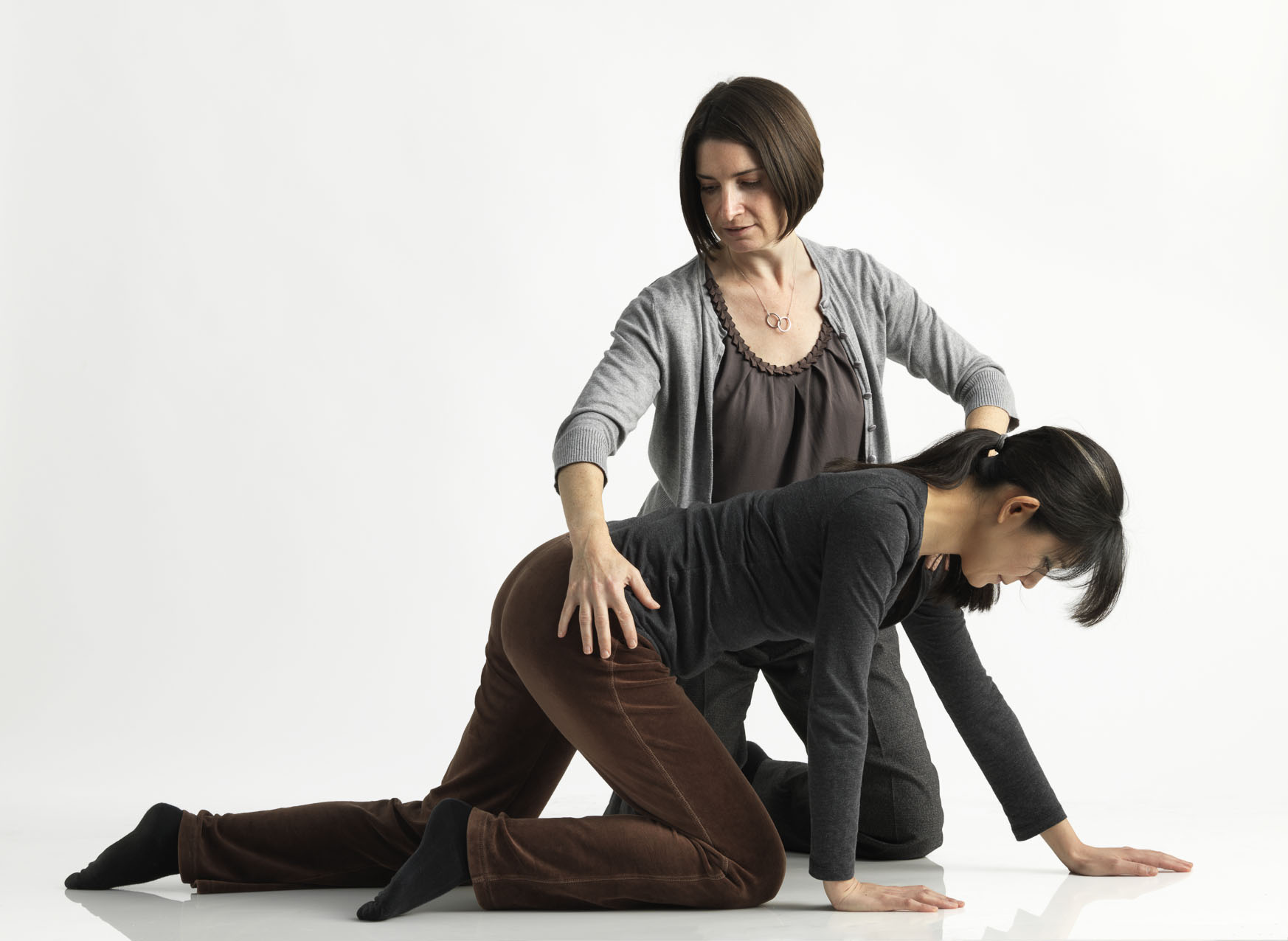 Do you practice yoga and want to explore a new perspective? Or have you studied the Alexander Technique and want to try it out within a yoga setting? Three years ago, I’d been practising Chris Holt’s gentle style of Hatha yoga and was drawn to her retreat in southern France, run by an Alexander Technique colleague, Lucy Ackroyd. The combination of yoga, AT discussions, a rural setting and having meals laid on was bliss. The three of us held long conversations, exchanging ideas and understanding. Yoga, like the AT, is all about awareness – of body, mind and the relationship between the two. The mindfulness aspect of the AT is really helped by the meditation practices of yoga and I’ve found that people who mediate are used to quietening down their “mind chatter”.
Do you practice yoga and want to explore a new perspective? Or have you studied the Alexander Technique and want to try it out within a yoga setting? Three years ago, I’d been practising Chris Holt’s gentle style of Hatha yoga and was drawn to her retreat in southern France, run by an Alexander Technique colleague, Lucy Ackroyd. The combination of yoga, AT discussions, a rural setting and having meals laid on was bliss. The three of us held long conversations, exchanging ideas and understanding. Yoga, like the AT, is all about awareness – of body, mind and the relationship between the two. The mindfulness aspect of the AT is really helped by the meditation practices of yoga and I’ve found that people who mediate are used to quietening down their “mind chatter”.
Chris and I have developed a workshop style we call Hands-On Yoga where we are bringing the 2 disciplines together. I explain some of the ideas behind the Alexander Technique and Chris then brings this to teaching classical Hatha Yoga asana. As Chris demonstrates and describes these postures and movements, I bring a gentle hands-on touch, helping encourage further releases from tension and making subtle adjustments where required. With this fusion of our work, we are hoping that people will gain a deeper self-awareness and sense of comfort and ease.
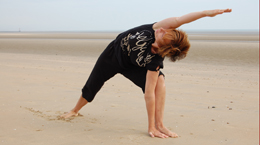
The style of yoga that Chris teaches is very gentle and very thoughtful and it appeals to me on many levels. She spends time exploring small movements so each yoga student can see what their range of movement is like, for example with their shoulders. When we move on to some of the yoga postures, she reminds us of the experiments we did with the shoulders so that arm movement is more considered and doesn’t involve arching of the back or raising of the shoulders. This is so in keeping with AT mindfulness and I sometimes use some of these movements in my Alexander teaching practice.
Chris has also trained in restorative yoga. Here she uses a variety of supports – bolsters, blankets, blocks – so that the body feels totally supported. Keeping in these postures for a few minutes is supremely relaxing and can enable a deeper release of tension. I have brought some of this into my Alexander practice and sometimes use a bolster under the knees for some people when they are lying in semi-supine, particularly if they have tension in their legs and hip joints that is hard to undo.
With our Hands-On Yoga workshops and holidays, we have a mixture of AT insights, yoga and meditation practice. Some sessions are separate and at other times, they work in conjunction. “It’s truly brilliant,” says Kate Byron, who joined us on retreat in 2013. “The attention to detail has really helped me understand what yoga can be and helped me start to feel in touch with my body, which I haven’t felt for years.”
Chris Holt and Tanya Shoop run occasional Hands-on Yoga workshops in London and will be leading a residential Hands-on Yoga retreat 5-7 September 2014 at Holland House in Worcestershire.
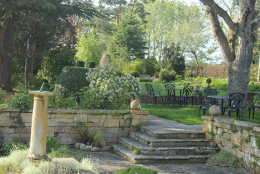



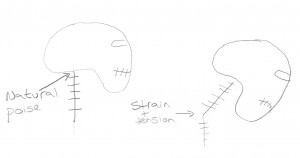
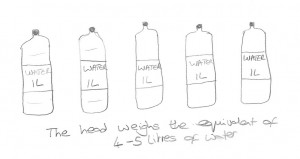

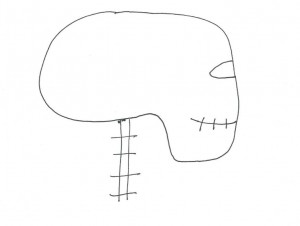

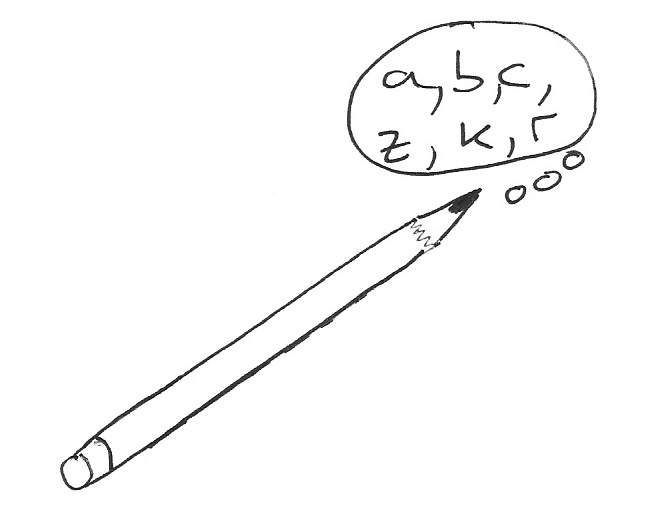

 Do you practice yoga and want to explore a new perspective? Or have you studied the Alexander Technique and want to try it out within a yoga setting? Three years ago, I’d been practising Chris Holt’s gentle style of Hatha yoga and was drawn to her retreat in southern France, run by an Alexander Technique colleague, Lucy Ackroyd. The combination of yoga, AT discussions, a rural setting and having meals laid on was bliss. The three of us held long conversations, exchanging ideas and understanding. Yoga, like the AT, is all about awareness – of body, mind and the relationship between the two. The mindfulness aspect of the AT is really helped by the meditation practices of yoga and I’ve found that people who mediate are used to quietening down their “mind chatter”.
Do you practice yoga and want to explore a new perspective? Or have you studied the Alexander Technique and want to try it out within a yoga setting? Three years ago, I’d been practising Chris Holt’s gentle style of Hatha yoga and was drawn to her retreat in southern France, run by an Alexander Technique colleague, Lucy Ackroyd. The combination of yoga, AT discussions, a rural setting and having meals laid on was bliss. The three of us held long conversations, exchanging ideas and understanding. Yoga, like the AT, is all about awareness – of body, mind and the relationship between the two. The mindfulness aspect of the AT is really helped by the meditation practices of yoga and I’ve found that people who mediate are used to quietening down their “mind chatter”.

